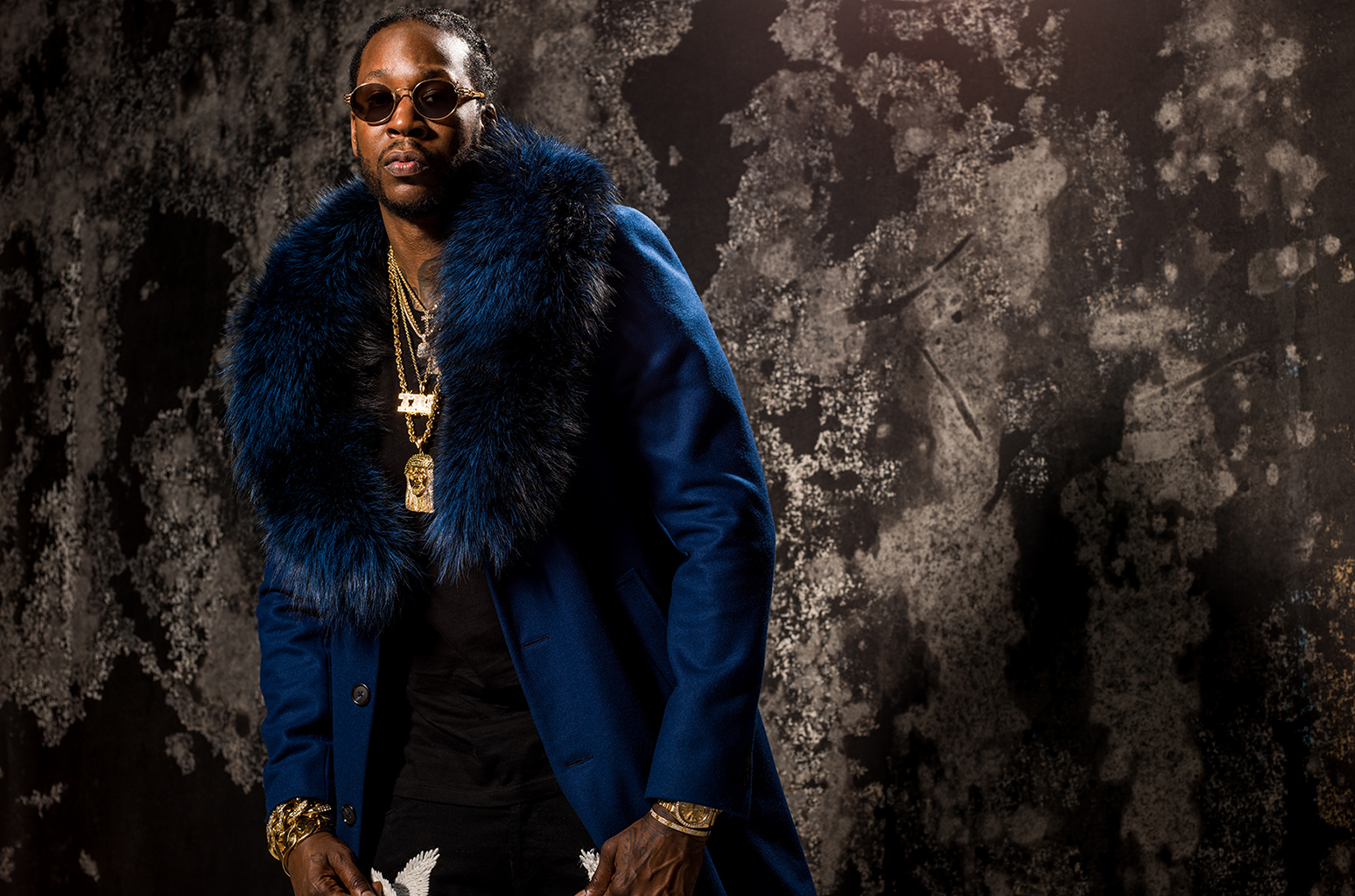

In the hip hop scene, mix tape is often displayed as a single term mixtape. Also since the 1990s, it describes releases used to promote one or more new artists, or as a pre-release by more established artists to promote upcoming "official" albums.

Blend tapes became increasingly popular by the mid-1990s, and fans increasingly looked for exclusive tracks and freestyles on the tapes. Check out the official music video for YG‘s Big Bank single featuring Nicki Minaj, 2 Chainz, and Big Sean below. Juelz Santana drops his latest album 'FREESANTANA' from prison, with features from Lil Wayne, A Boogie wit da Hoodie, Dave East, Jim Jones, 2 Chainz, and more. We’re used to hearing 2 Chainz on trap beats, but he can also rock on a sample-based beat. Threat 2 Society is one of my favorite songs because it’s an example of his range. In 2019, he released Rap Or Go To The League.

Ron G moved the mixtape forward in the early 1990s by blending R&B a cappellas with hip hop beats (known as "blends"). In 2017, 2 Chainz released Pretty Girls Like Trap Music, and it went platinum. In the mid-1980s, DJs, such as Brucie B, began recording their live music and selling their own mixtapes, which was soon followed by other DJs such as Kid Capri and Doo Wop. (who later became known as Whiz Kid) and DJ Super V would create personalized House Tapes which would eventually circulate throughout New York City. In the late 70's into the early 80's DJs began recording mixtapes out of their homes, referring to them as House Tapes. As more tapes became available, they began to be collected and traded by fans. Hip hop mixtapes first appeared in the mid-1970s in New York City, featuring artists such as Kool Herc and Afrika Bambaataa. In hip hop's earliest days, the music only existed in live form, and the music was spread via tapes of parties and shows.


 0 kommentar(er)
0 kommentar(er)
